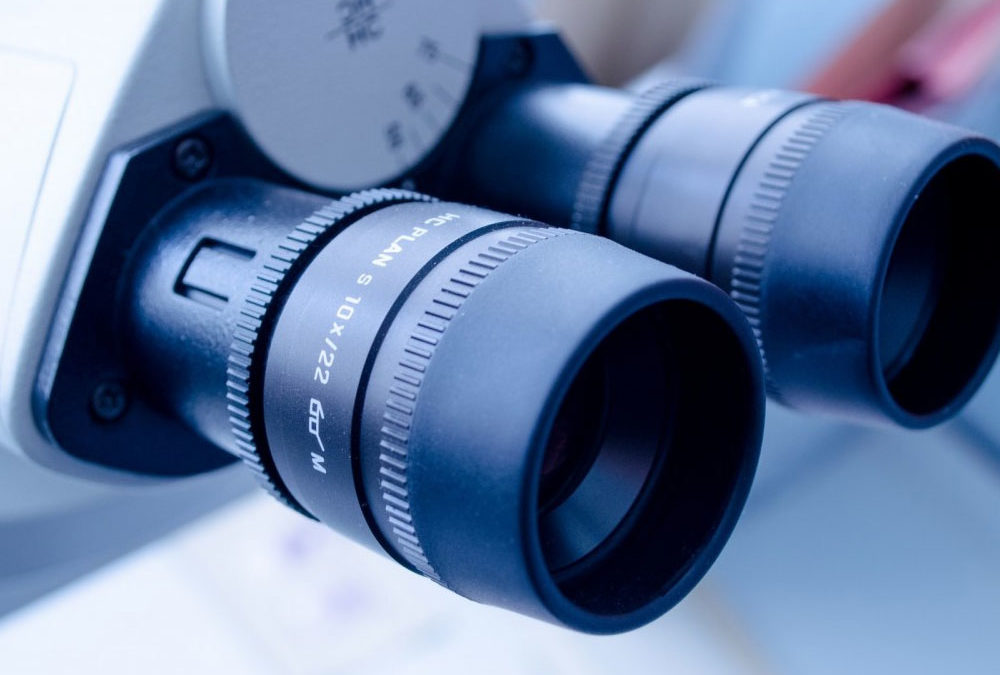Cdp And Pharmacological Therapy in Lymphedema Patients with Elephantiasis And Infection
E. Contini(1) , F. Cristiani(2), S. Roccabella(3), G. Caraccio(4), D. Corda(5)
This work is based on our experience in the treatment of lymphoedema out-patients.
Since 2000 our teams have been treating patients with elephantiasis complicated by serious cutaneous lesions caused by infections which for the large part are bacterial infections and occasionally are fungal infections. In general, infections in these patients are chronic and manifest in two ways:
a. persistent chronic subclinical infection.
b. persistent chronic subclinical infection with intermittent flare-ups.
As we know, lymphedema is a chronic disease of the Extra Cellular Matrix (ECM). In chronic and fibrotic lymphoedema, nutrient and drug diffusion through the ECM is limited by the closure of pre-lymphatic channels. The lymphatic stasis produces a chronic inflammation that become an optimum pabulum for bacteria; several acute and recurrent infections appear and eventually, chronic persistent infections. When we encounter these lesions, we carry out a skin swab and sometimes a biopsy to investigate whether there are micro-organisms or because we suspect there may be a malignant/cancerous degeneration. Very rarely, with these tests, we find streptococcus and occasionally staphylococcus. What we do find is myriad types of bacteria, often originating in the intestines. This information is in line with an extremely interesting study carried out some years ago by Professor Olzewski, in which he demonstrated the presence of numerous and assorted bacteria in tissues affected by lymphostasis. In lymphoedema patients we must also consider that they are generally immunosuppressed, at least at a locoregional level. Many of these patients have been treated in infective disease units without, however, permanent or resolvent results.
These patients are not generally treated by lymph-therapy services precisely because they present serious lesions and infections. We know that lymphostasis and consequent hypertension blocks correct circulation of nutrients in the extracellular matrix. Without the complex decongestive physiotherapy (CDP) and above all without bandage, interstitial hypertension is not reduced. In 19 years we have treated about 600 lymphoedema patients in stage 3 (according to ISL lymphoedema clinical staging) with their infections and with their cutaneous complications. Really, the association of CDP and pharmacological therapy is very efficacious. Multilayer short stretch bandage leads to the reduction in interstitial lymphatic hypertension and the resumption of an improved circulation of substances in the extracellular matrix, be they antibiotics, anti-inflammatories, lymphtropic medication such as melilotus and other substances. In the last twenty years, bandage into CDP and pharmacological therapy permitted the healing of the wounds, the healing of the infection with the reduction in relapses and the maintenance of decongestion with a recovery of a normal tissue trophism.
1 – Massofisioterapista, Servizio di Linfologia, Polimedica San Lanfranco, Pavia.
2 – Fisioterapista, Servizio di Linfologia, Polimedica San Lanfranco, Pavia.
3 – Fisioterapista, Servizio di Linfologia, Centro Medico Riabilitativo Fisioguizza, Padova.
4 – Fisiatra, Direttore Sanitario, Centro Medico Riabilitativo Fisioguizza, Padova.
5 – Fisiatra, Coordinatore dei Servizi di Linfologia, Polimedica San Lanfranco e Fisioguizza.
Cdp E Terapia Farmacologica in pazienti lymphedema con Elefantiasi e Infezione
E. Contini(1) , F. Cristiani(2), S. Roccabella(3), G. Caraccio(4), D. Corda(5)
Questo lavoro è basato sulla nostra esperienza nel trattamento dei pazienti affetti da linfedema.
Dal 2000 i nostri team hanno trattato pazienti con elefantiasi complicata da gravi lesioni cutanee causate da infezioni che per la maggior parte sono infezioni batteriche e talvolta infezioni fungine. In generale, le infezioni in questi pazienti sono croniche e manifestabili in due modi:
a. Infezione cronica subclinica persistente.
b. Infezione cronica subclinica persistente con infiammazioni intermittenti.
Come sappiamo, il linfedema è una malattia cronica della Matrice Extra Cellulare (ECM). Nel linfoedema cronico e fibrotico, la diffusione di sostanze nutritive e di farmaci attraverso l’ECM è limitata dalla chiusura dei canali pre-linfatici. La stasi linfatica produce una infiammazione cronica che diventa un pabolo ottimale per i batteri; Parecchie infezioni acute e ricorrenti appaiono e, infine, infezioni croniche persistenti. Quando incontriamo queste lesioni, facciamo un tampone di pelle e talvolta una biopsia per indagare se ci sono microrganismi o perché sospettiamo che ci possa essere una degenerazione maligna / cancerosa. Molto raramente, con questi test, troviamo streptococco e talvolta stafilococchi. Quello che troviamo è una miriade di batteri, spesso originari dell’intestino. Queste informazioni sono in linea con uno studio estremamente interessante condotto alcuni anni fa dal professor Olzewski, in cui ha dimostrato la presenza di numerosi batteri assortiti nei tessuti affetti da linfostasi. Nei pazienti con linfoedema dobbiamo anche considerare che sono generalmente immunosoppressi, almeno a livello locoregionale. Molti di questi pazienti sono stati trattati in unità di malattie infettive senza tuttavia risultati permanenti o risolutivi.
Questi pazienti non vengono trattati generalmente dai servizi di linfoterapia proprio perché presentano gravi lesioni e infezioni. Sappiamo che la linfostasi e la conseguente ipertensione bloccano la corretta circolazione delle sostanze nutritive nella matrice extracellulare. Senza la fisioterapia decongestiva complessa (CDP) e soprattutto senza fasciame, l’ipertensione interstiziale non viene ridotta. In 19 anni abbiamo trattato circa 600 pazienti con linfoedema nella fase 3 (secondo lo stadio clinico di linfedema ISL) con le loro infezioni e con le loro complicazioni cutanee. Davvero, l’associazione di CDP e terapia farmacologica è molto efficace. La fasciatura a stretto corto multilayer porta alla riduzione dell’ipertensione linfatica interstiziale e alla ripresa di una migliore circolazione delle sostanze nella matrice extracellulare, siano essi antibiotici, antiinfiammatori, farmaci lympropici come melilotus e altre sostanze. Negli ultimi venti anni, la benda nella terapia farmacologica e CDP ha permesso la guarigione delle ferite, la guarigione dell’infezione con la riduzione delle ricadute e il mantenimento della decongestione con un recupero di un normale trofismo tissutale.





1″‘`–